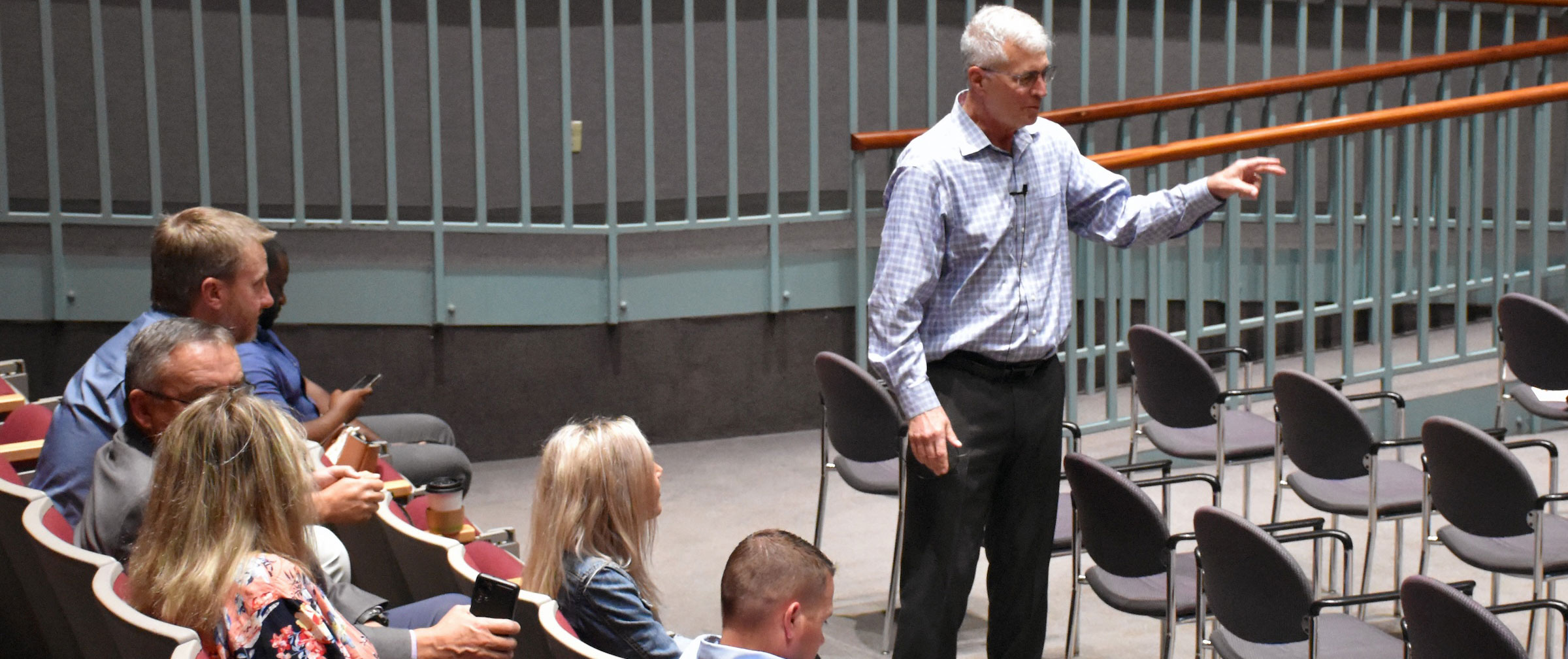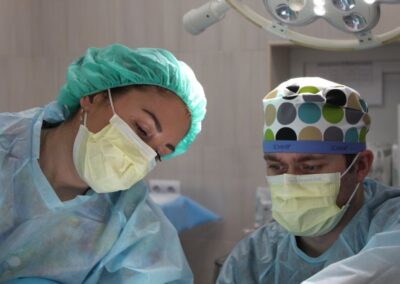Years ago in my psychiatric residency (before I switched into internal medicine) I was taught that patients “do not change until the pain of staying the same exceeds the pain of changing”. How true in psychiatry! It’s another way of telling the patient that you don’t stop getting what you’re getting until you stop doing what you’re doing. That concept is fundamental to successful psychotherapy.
I found adage that equally true in the practice of internal medicine. Two of the most frustrating diseases for me to treat, hypertension and diabetes, are typically asymptomatic, especially in the initial phases. The patient does not feel any pain.
Getting the patient to change behavior in order to better manage the disease was especially difficult, because the choices we offer them are not so pleasant– losing weight, cutting down on tasty salty foods, taking medication with potential side effects, etc. As such, many patients remain non-compliant, or minimally compliant and do not take responsibility for the disease. How much easier for me was the patient that presented with pain!
I have been lecturing on health care reform since the nineties… maybe people are sick of hearing it by now. In fact, recently reviewing my slides from my presentations back then (actually, they were transparencies!!), I realized that many of my points have NOT changed over the years. Simply put, health care costs are rising out of control, and the country cannot afford to continue this trend. That was true twenty years ago. It’s even more true now. But I feel no one is doing enough about it, then and now….
Comparing the health care situation of today with the nineties, compels me offer this simple, commonly encountered clinical analogy, to which any caregiver can relate:
1995- A patient comes in to see me “Doc, I feel fine; Just here for a physical”. I find an unremarkable exam, but the blood pressure is 180/100. “Sir”, I tell him, “You are NOT fine. You have hypertension and need to lose weight, decrease your sodium, and exercise”. “I feel just fine”, says the patient and leaves…
Now, fast forward to 2014, the same patient comes back to see me: “Doc, I feel fine; Glad I didn’t do all that awful stuff you told me to do!” . Once again, the exam is unremarkable, but now the blood pressure is 220/120. “Sir, you are NOT fine. Now your hypertension is severe and you may even need to come into the hospital!”. “I feel just fine”, says that patient and once again leaves.
The next day the patient has a horrible stroke!
Unfortunately, one thing we have learned in the practice of medicine is that once the bad thing does happen, the patient becomes more accepting and responsible. The hypertensive patient after the stroke, is usually much more compliant with treatment. But of course, by then the damage has been done.
In my opinion, that is precisely what is going in with health care then and today. Overall, hospitals are doing well, physicians are being reasonably compensated, and patients are being seen. Everything feels fine; Only some “number” is out of whack. The system is virtually asymptomatic.
Health care professionals are not stupid. We all know that the costs are out of control and it will ultimately lead to a bad outcome, and it only is a question of when…. but now, no one is really hurting. Nobody is really feeling the pain. It is just like the patient I described above.
As with that patient, health care reform “treatments” are equally unpleasant to physicians, hospitals and patients. No one wants to initiate those painful changes we know we need to make. We know that the catastrophic event will occur, yet continue to kick the can down the road.
Our greatest challenge going forward as medical leaders is simply this…..
How do we get the health care system to change NOW…..BEFORE the stroke we know will come?
Believe me, the changes needed will be much more accepted after the stroke, but the damage will be done !




